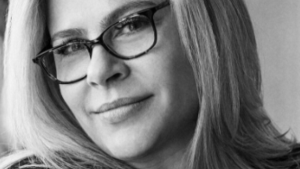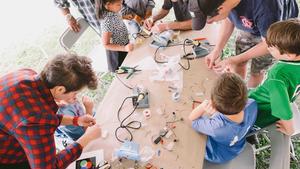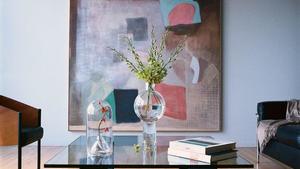“The World of Charles and Ray Eames” exhibit—initially launched in London—is making its U.S. premiere at the Henry Ford Museum of American Innovation with hundreds of artifacts spanning the couple’s work (and influences) across architecture, furniture, graphic and product design, painting, drawing, film, sculpture and photography. Kicked off in May and running through September 3, the exhibit was curated and organized by Barbican Centre, London, in collaboration with Eames Office and supported by The Terra Foundation for American Art.
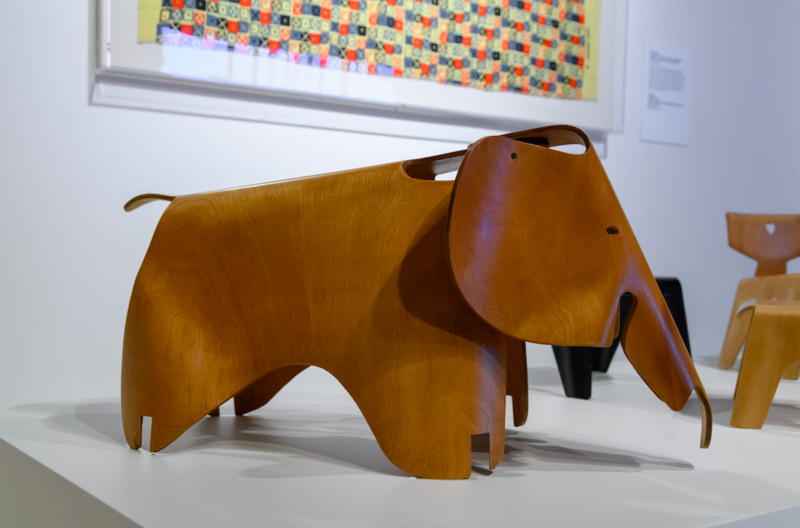
Marc Greuther, chief curator of the Dearborn, Michigan, museum, shares his top pick: “And Think—the multi-screen film produced for the IBM pavilion at the 1964/5 New York World’s Fair—is probably my favorite piece in the exhibition. It’s a superb restoration of a beautiful film: playful, provocative and engaging. And it offers a totally relevant perspective, despite being a half century old, of how to understand data, information and problem solving.”

The exhibit debuted at the Barbican Centre in 2015. One of the highlights is the iconic Eames Fiberglass Chair (and the Wills prototype chair that inspired it). Other must-see parts of the show include the couple’s early work with splints, their LAR and PAC Chairs for Herman Miller, a scale model of their Case Study House, a selection of prototypes, and shell castings of their furniture.
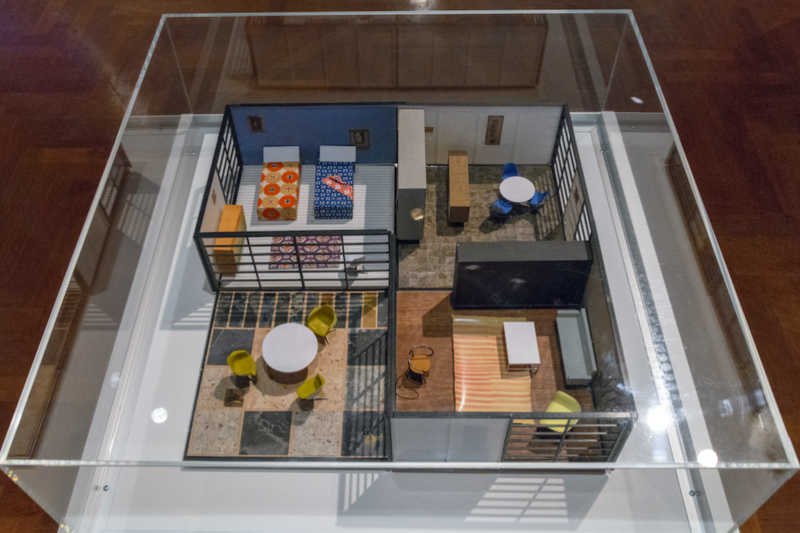
Says Greuther of the pair’s lasting legacy, “If nothing else, they serve as an example of design excellence—that every detail is worthy of attention, that real needs had to be truly identified (Charles admonished: “Never delegate understanding”), and that sustaining quality was paramount. They expanded the very idea of design—what it could be, and how it could be scaled, conducted and applied.”


















